Growing Awareness of Respiratory Health
The market is also influenced by the growing awareness of respiratory health among the general population. Educational campaigns and public health initiatives are emphasizing the importance of respiratory health, leading to increased screening and early diagnosis of respiratory diseases. As individuals become more informed about the risks associated with respiratory conditions, there is a corresponding rise in the demand for mechanical ventilators as part of treatment protocols. This heightened awareness is likely to drive market growth, as healthcare providers respond to the increasing need for effective ventilation solutions. The mechanical ventilators market is thus expected to expand as awareness translates into greater utilization of these critical devices.
Rising Prevalence of Respiratory Diseases
The market is experiencing growth due to the increasing prevalence of respiratory diseases in the US. Conditions such as chronic obstructive pulmonary disease (COPD) and asthma are becoming more common, leading to a higher demand for mechanical ventilation solutions. According to the Centers for Disease Control and Prevention (CDC), approximately 16 million Americans are diagnosed with COPD, which necessitates the use of ventilators for effective management. This trend indicates a sustained need for advanced mechanical ventilators, as healthcare providers seek to improve patient outcomes. The mechanical ventilators market is thus positioned to expand as healthcare systems adapt to the rising burden of respiratory illnesses, ensuring that adequate resources are available for patient care.
Aging Population and Increased Healthcare Needs
The market is significantly influenced by the aging population in the US. As individuals age, they often experience a decline in respiratory function, leading to an increased reliance on mechanical ventilation. The US Census Bureau projects that by 2030, all baby boomers will be over 65 years old, resulting in a larger demographic requiring specialized healthcare services. This demographic shift is likely to drive demand for mechanical ventilators, as older adults are more susceptible to respiratory conditions. Consequently, healthcare facilities are expected to invest in advanced mechanical ventilators to cater to the needs of this growing population, thereby propelling market growth.
Increased Investment in Healthcare Infrastructure
The market is poised for growth due to increased investment in healthcare infrastructure across the US. Government initiatives and private sector funding are directed towards enhancing healthcare facilities, particularly in underserved areas. This investment is likely to result in the procurement of advanced mechanical ventilators, ensuring that healthcare providers are equipped to handle a variety of respiratory conditions. According to the American Hospital Association, hospitals are expected to invest billions in upgrading their facilities and equipment over the next few years. This trend indicates a robust demand for mechanical ventilators, as healthcare systems strive to improve patient care and outcomes.
Technological Innovations in Ventilation Equipment
The market is benefiting from ongoing technological innovations that enhance the functionality and efficiency of ventilation equipment. Recent advancements include the integration of artificial intelligence and machine learning algorithms, which optimize ventilation settings based on real-time patient data. These innovations not only improve patient outcomes but also streamline the workflow for healthcare providers. The market is projected to grow as hospitals and clinics adopt these advanced systems, which can lead to better management of respiratory conditions. Furthermore, the introduction of portable and user-friendly mechanical ventilators is likely to expand their application in various healthcare settings, including emergency care and home healthcare.



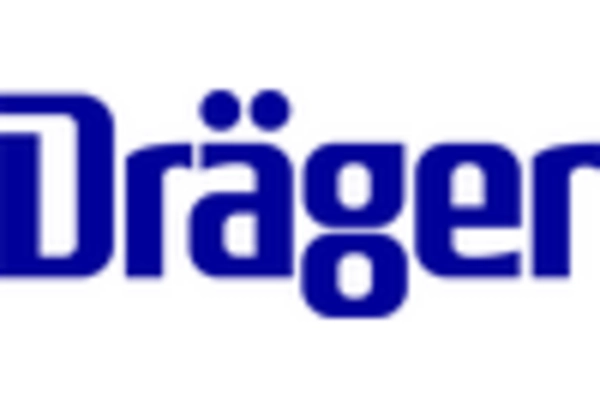
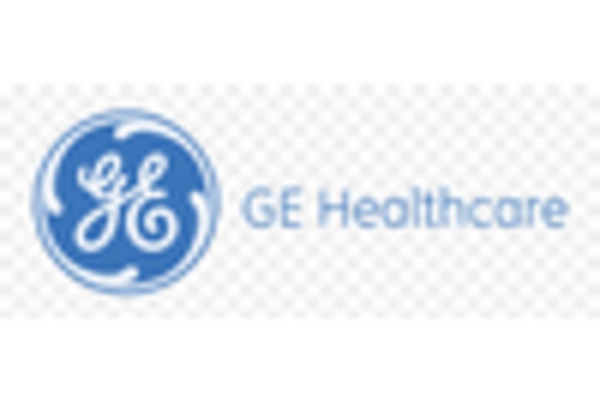
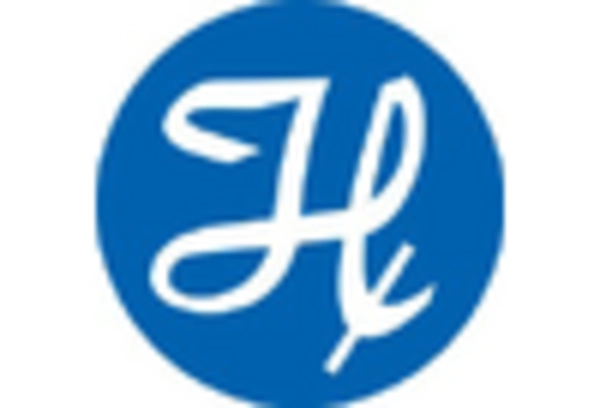

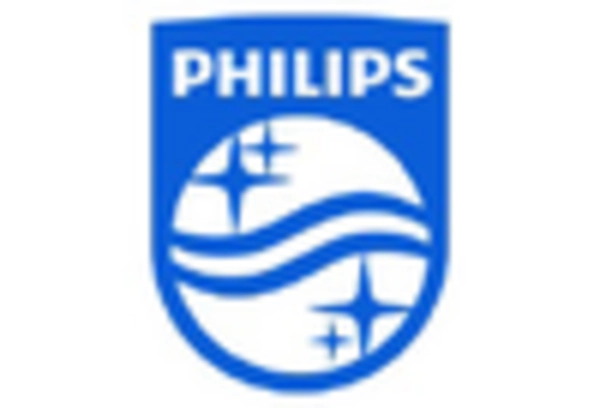
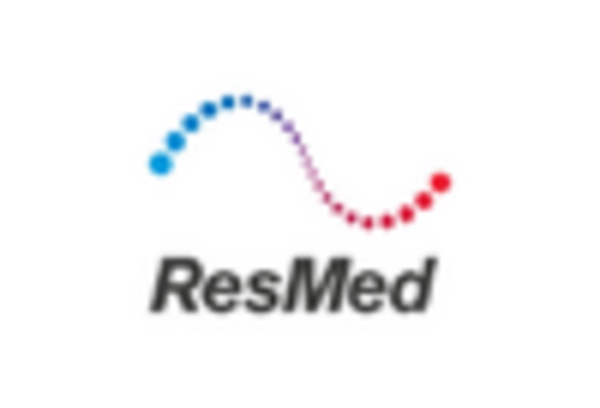








Leave a Comment